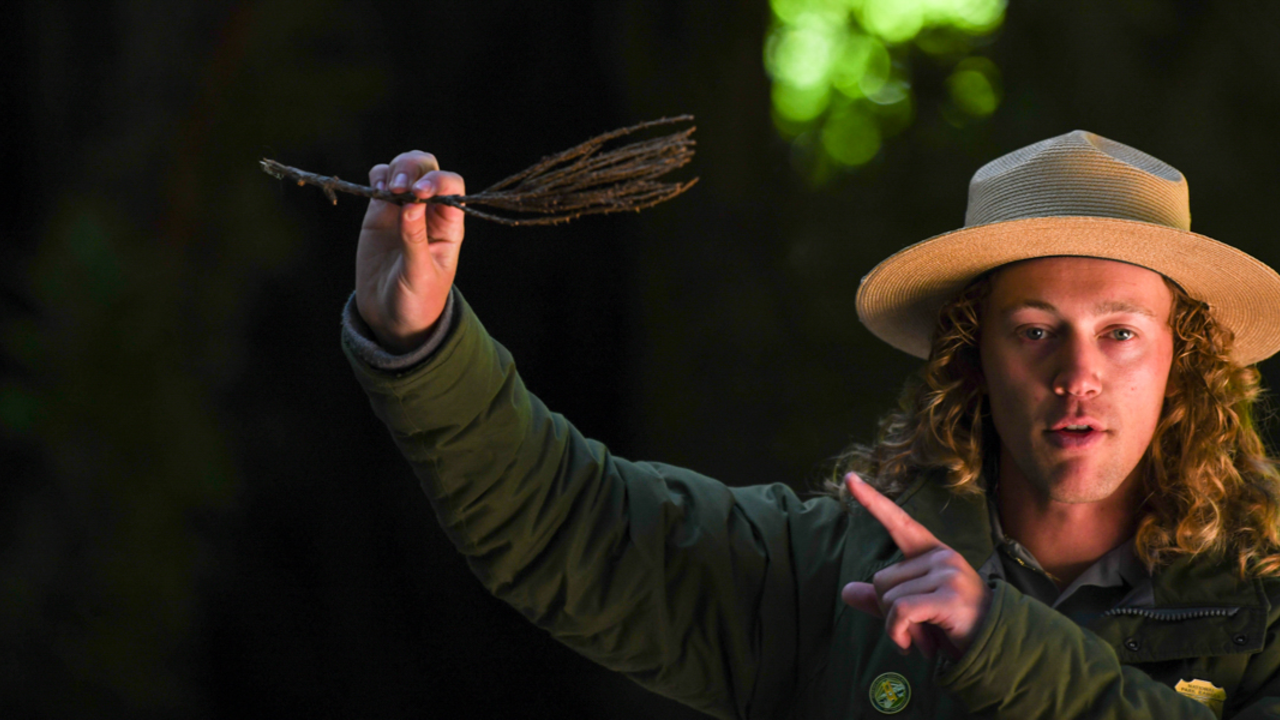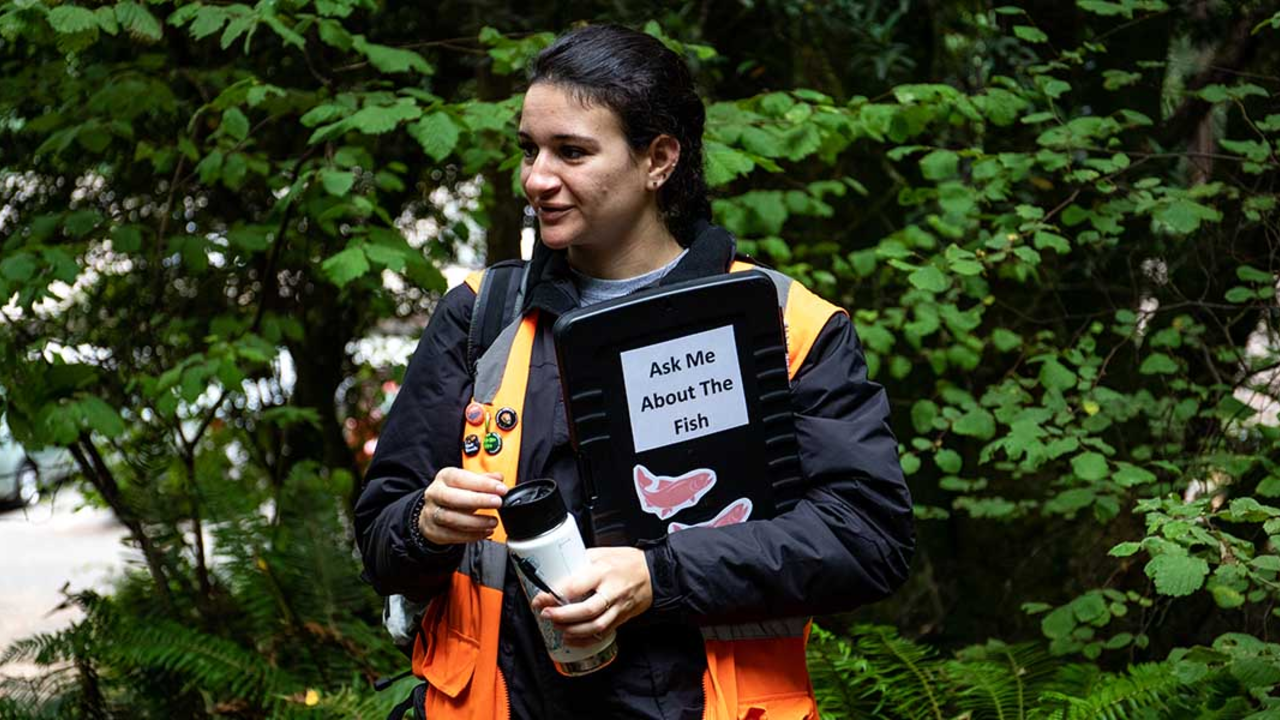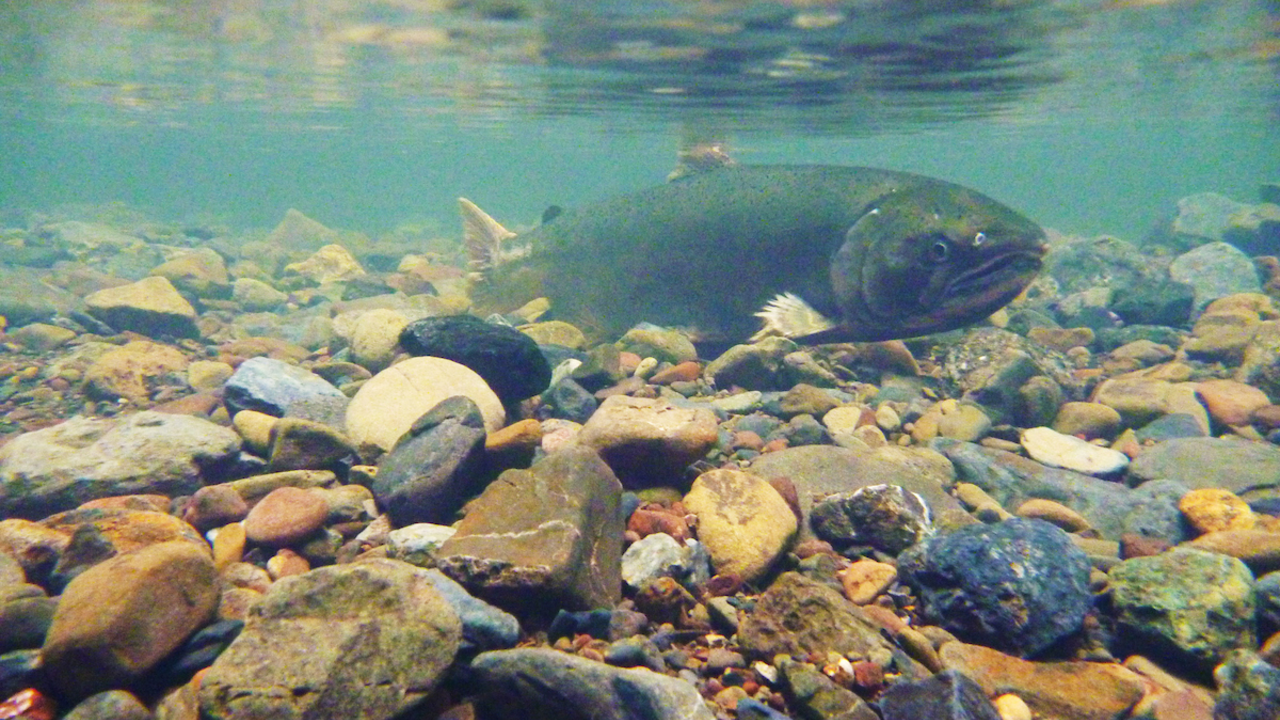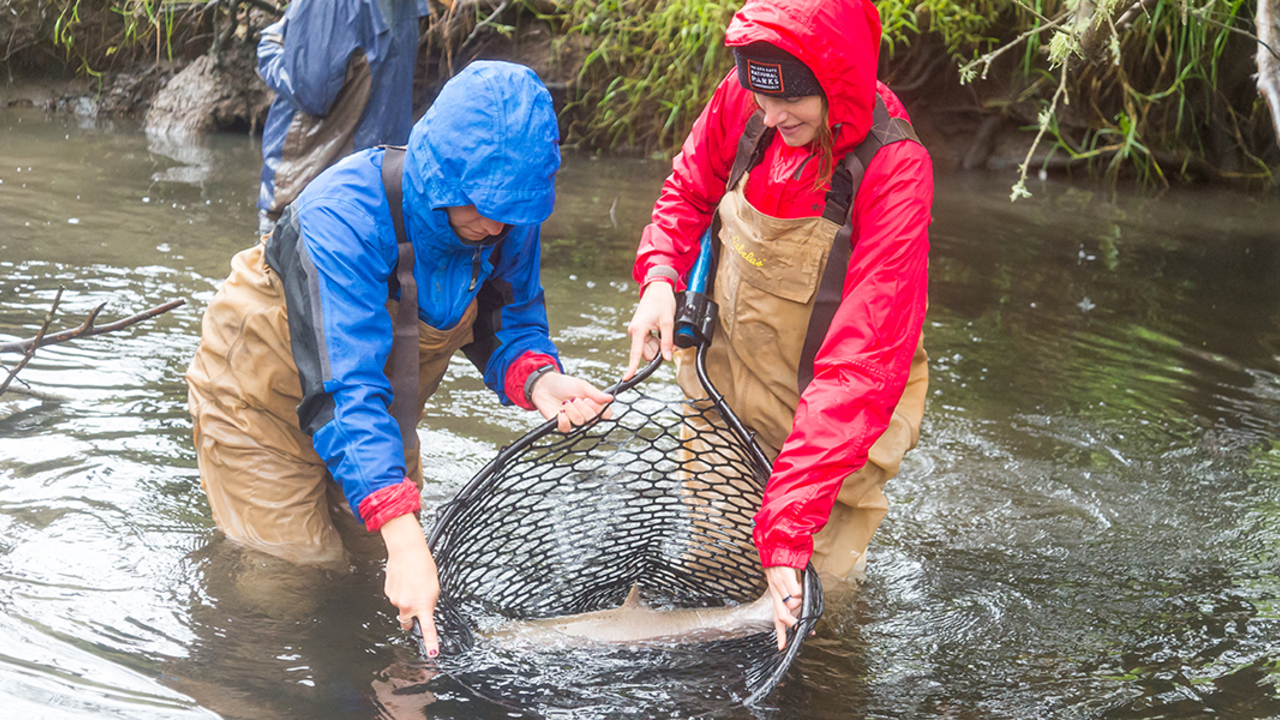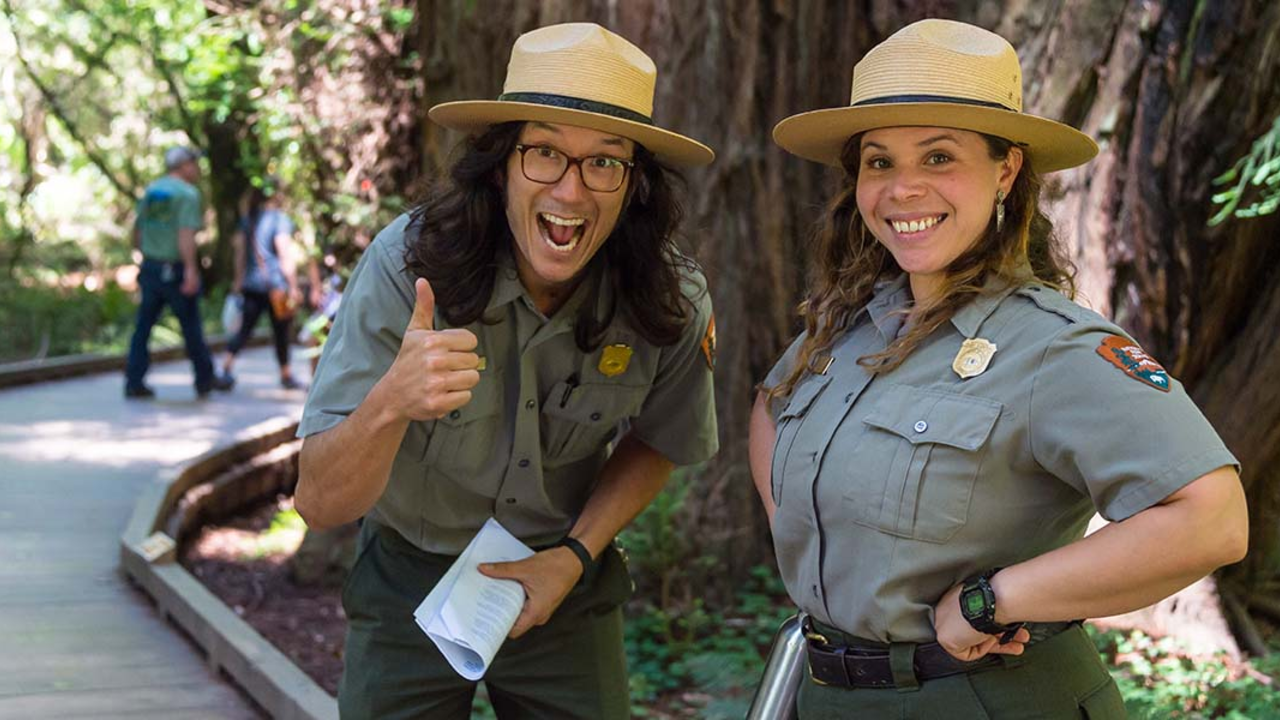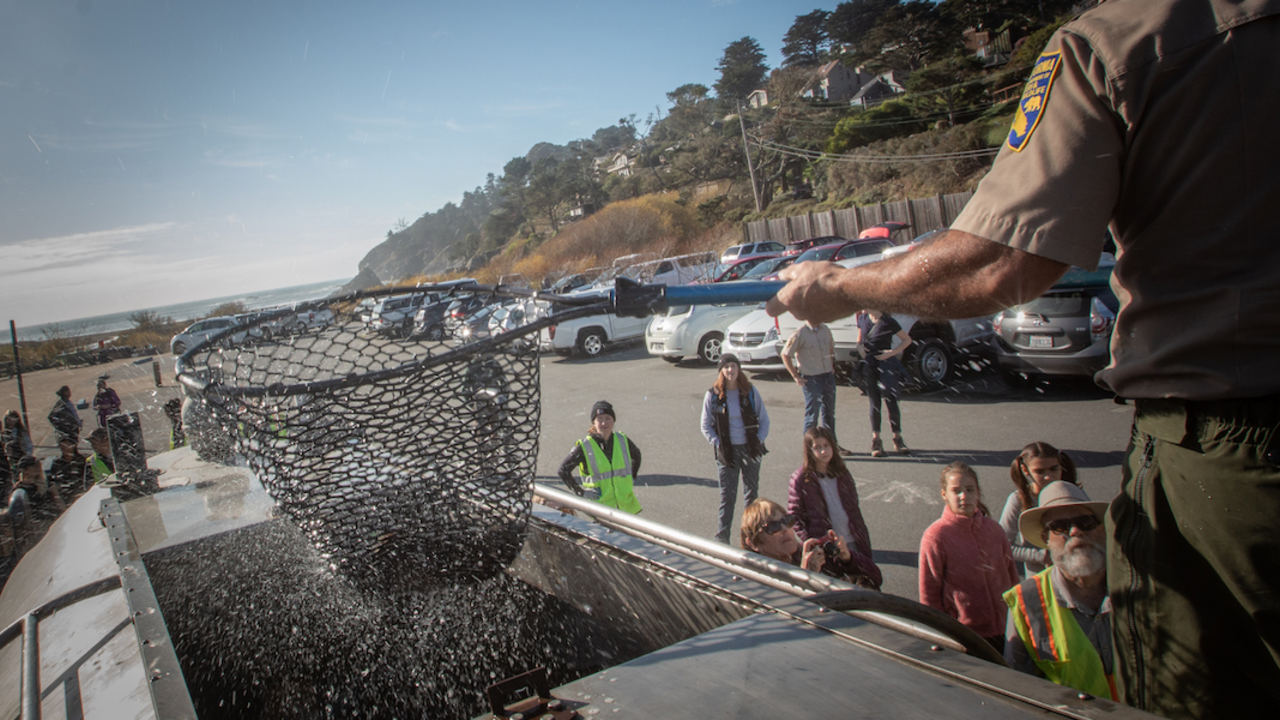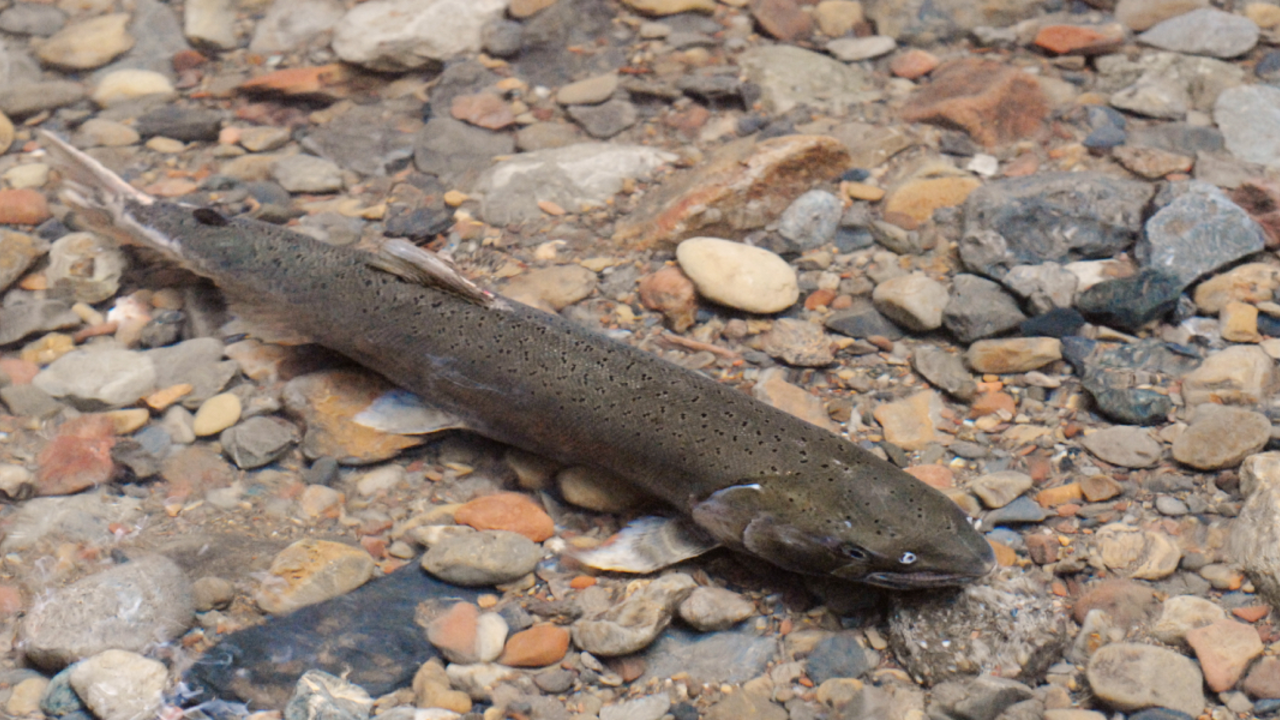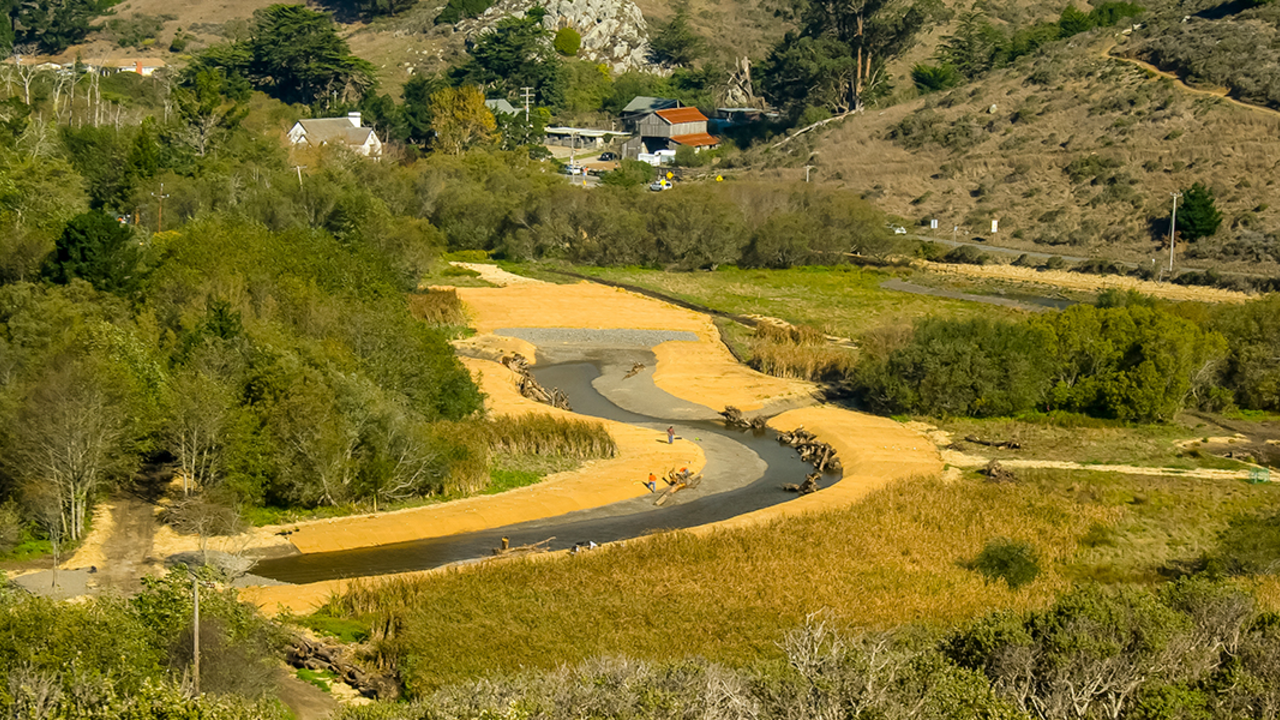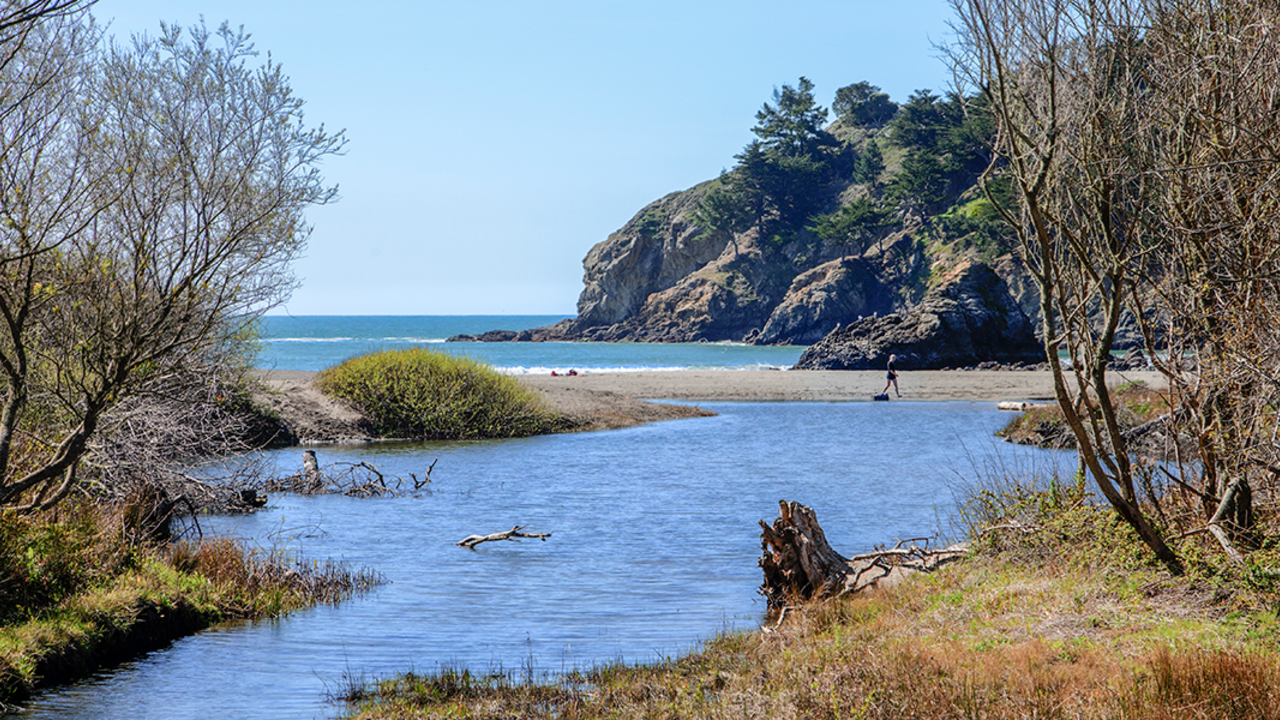MLK Weekend of Service 2026
A day on, not a day offMLK Weekend of Service 2026
Celebrate the reopening of Hawk Hill
Perfect spot for views, moreCelebrate the reopening of Hawk Hill
Donate and support the parks today!
Give nowDonate and support the parks today!
MLK Weekend of Service 2026
A day on, not a day offMLK Weekend of Service 2026
Celebrate the reopening of Hawk Hill
Perfect spot for views, moreCelebrate the reopening of Hawk Hill
Donate and support the parks today!
Give nowDonate and support the parks today!
© 2026 Golden Gate National Parks Conservancy. All rights reserved.
